The observatory was founded in 1904 by astronomer George Ellery Hale as the Mt. Wilson Solar Observatory. Often overlooked, Hale was a major figure in 20th Century science. The photo above is a bust of Hale that was in the observing room for the 150-foot Solar Tower telescope. As a comparison, here's the bronze bust of Hale that resides in the dome of the 200" Hale Telescope at Palomar:
Hale looks happier at Mt. Wilson, wouldn't you agree?
Speaking of the 150-foot Solar Tower telescope, it has been a workhorse in solar astronomy for over 100 years. Light from the Sun is collected at the top of the tower and beamed down to an observing room at the bottom where it is focused and analyzed. Here's what the projected image looks like:By the way, there's a great webcam on the tower, which you should look at to take in the great view from the mountain. There are two other, older solar telescopes on the mountain - the Snow Telescope and the 60-foot Solar Tower telescope.
For my money though, the real gems on the mountain are the 60 & 100-inch telescopes.
The 60-inch telescope was finished in 1908. For a while it was the largest telescope on Earth. Many have called it the first "modern" reflecting telescope. Astronomer Harlow Shapley used this instrument to help discover our place in the Milky Way Galaxy. I've been to Mt. Wilson a few times but, I still remember how special I felt just to be able to stand in its presence and touch it.
While the scientific mission of the 60-inch has been over for some time now, it does not rest at night. This historic telescope is available for eyepiece viewing. I have not had the pleasure of looking through this instrument, but I have looked through others of the same size. On a good moonless night the views should be amazing.
More than a century ago, as the 60-inch telescope was nearing completion, George Ellery Hale was already planning for an even larger instrument.
The 100-inch Hooker Telescope was completed in 1917 and stood as the world's largest until Palomar's 200-inch telescope was completed in the late 1940s. It was with this instrument the Edwin Hubble tackled the distance to the Andromeda "nebula," determining that it was akin to the Milky Way, a distinct galaxy in its own right. Hubble also famously discovered the expansion of the universe.
Here is the Hooker Telescope and what is reputed to be Edwin Hubble's chair:
It is a beautiful instrument from a bygone era.
Like the 60-inch telescope, the 100-inch is no longer used for science. I am told that eyepiece sessions will eventually be offered with the 100".
The Observatory offers guided tours, but not during winter. Check their website for details. I took these photos on a tour that was given by Mike Simmons back in 2005. Mike is the founder and executive director of Astronomers Without Borders. I haven't recently been on one of the public tours given at the observatory so I can't say if the photos I am sharing here are representative of what you might see if you take one.
There are a lot of good books written that cover some of the history of the Mt. Wilson Observatory. The most recent one that I know of to recommend is Marcia Bartusiak's The Day We Found the Universe.
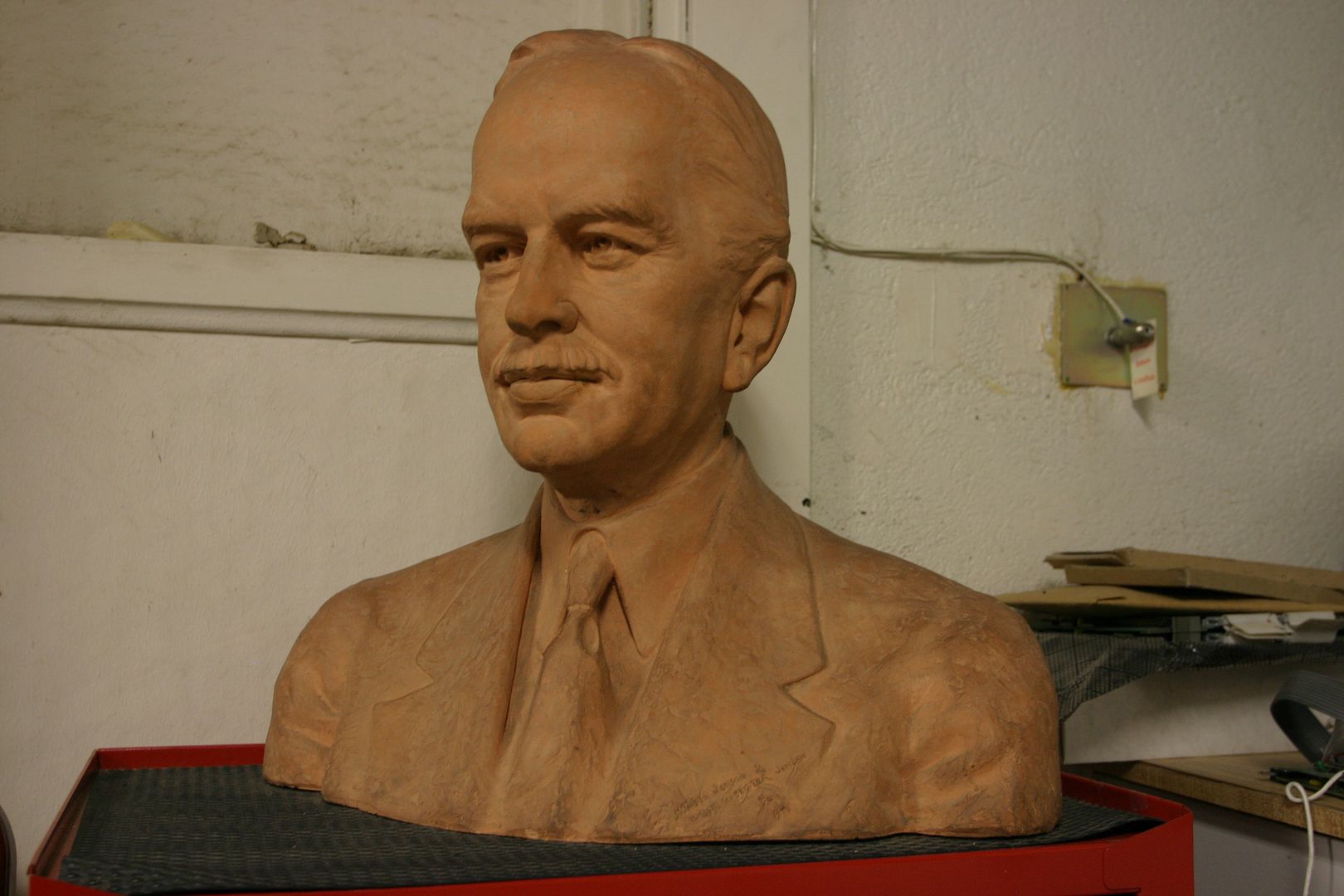
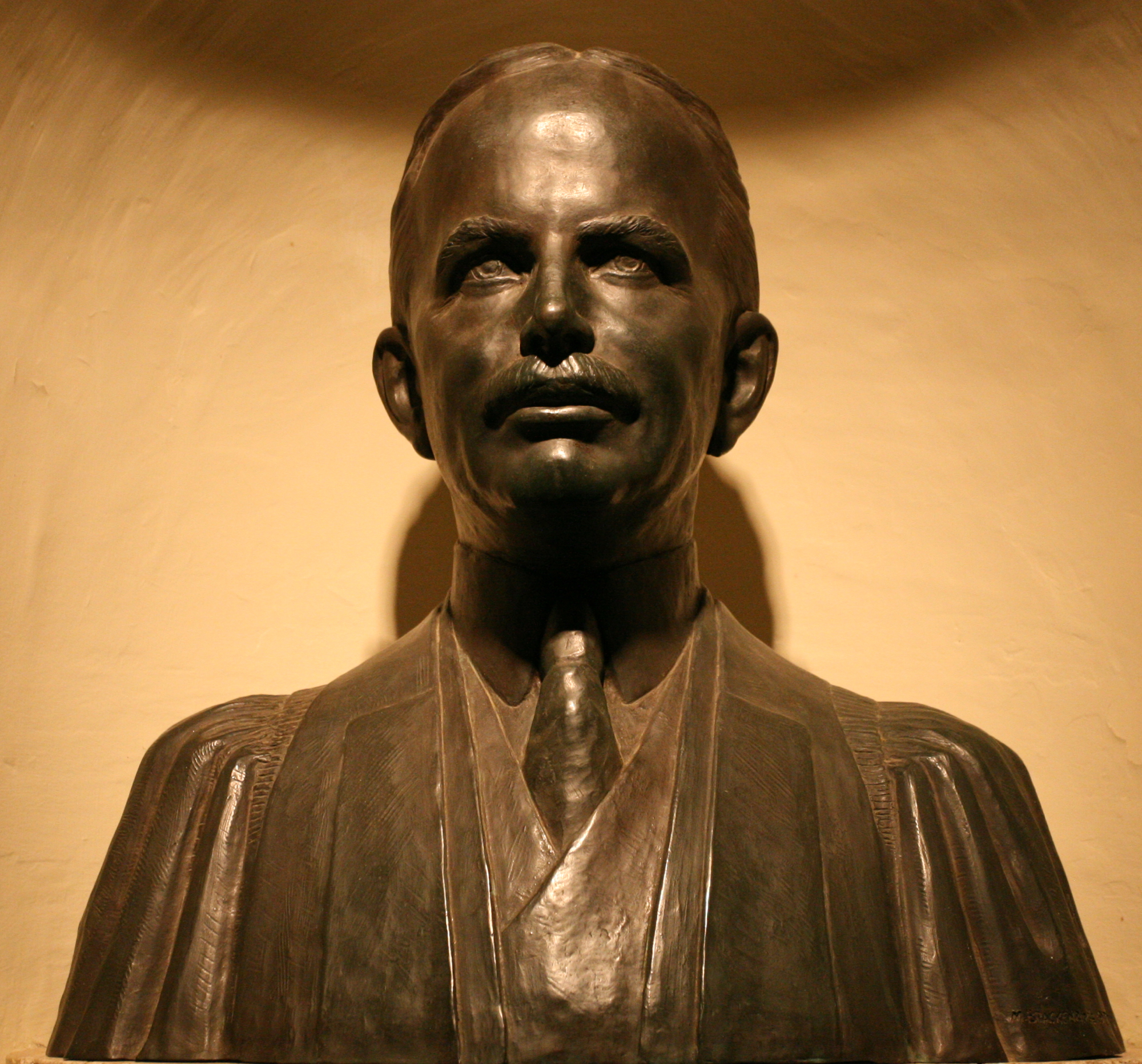
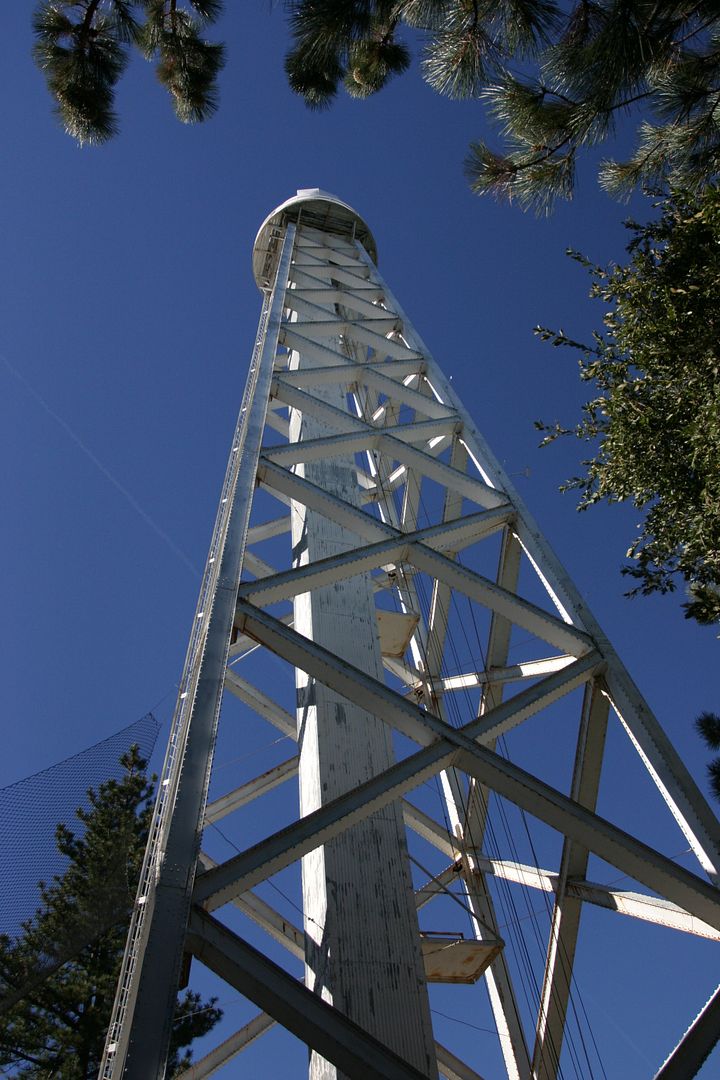
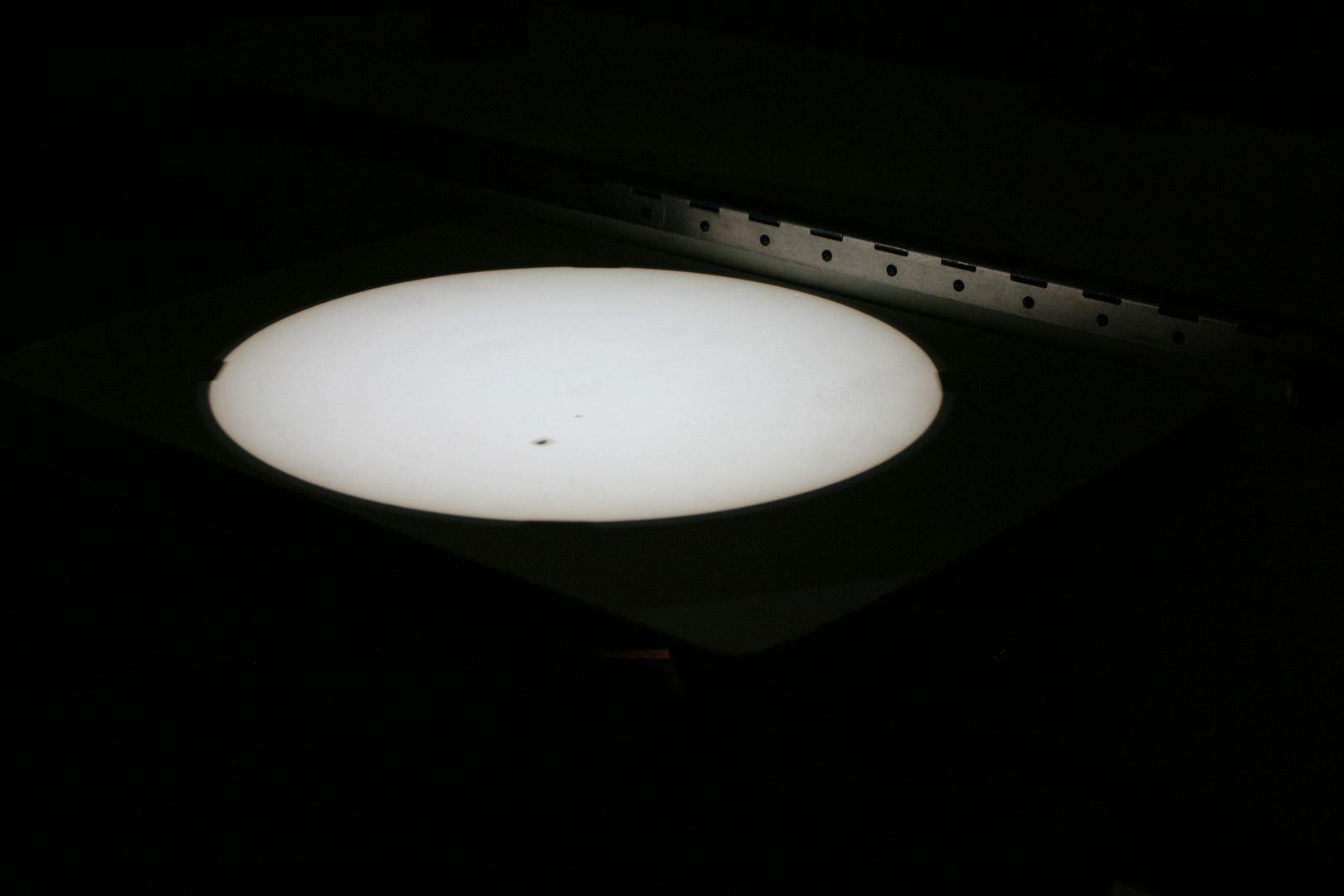

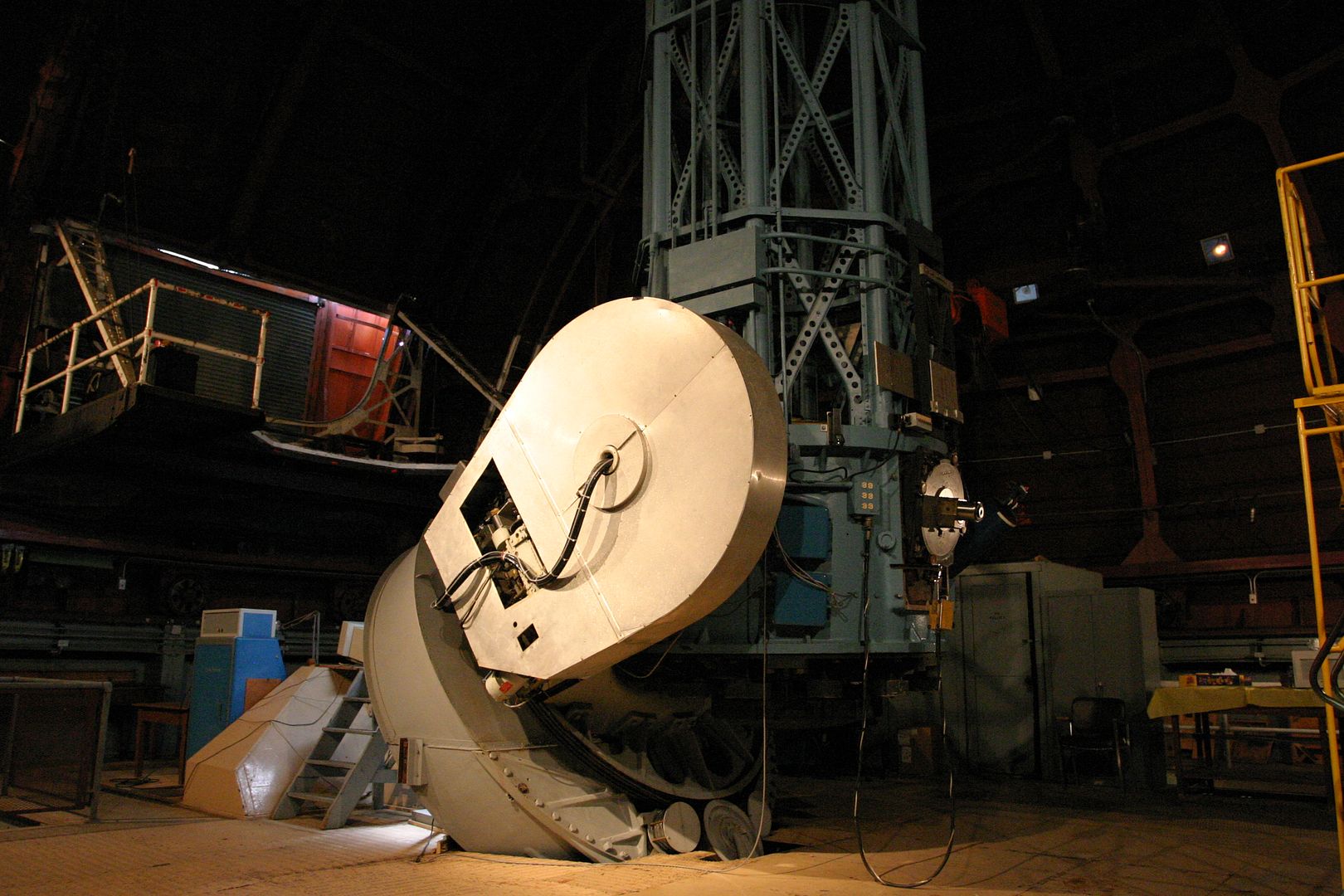
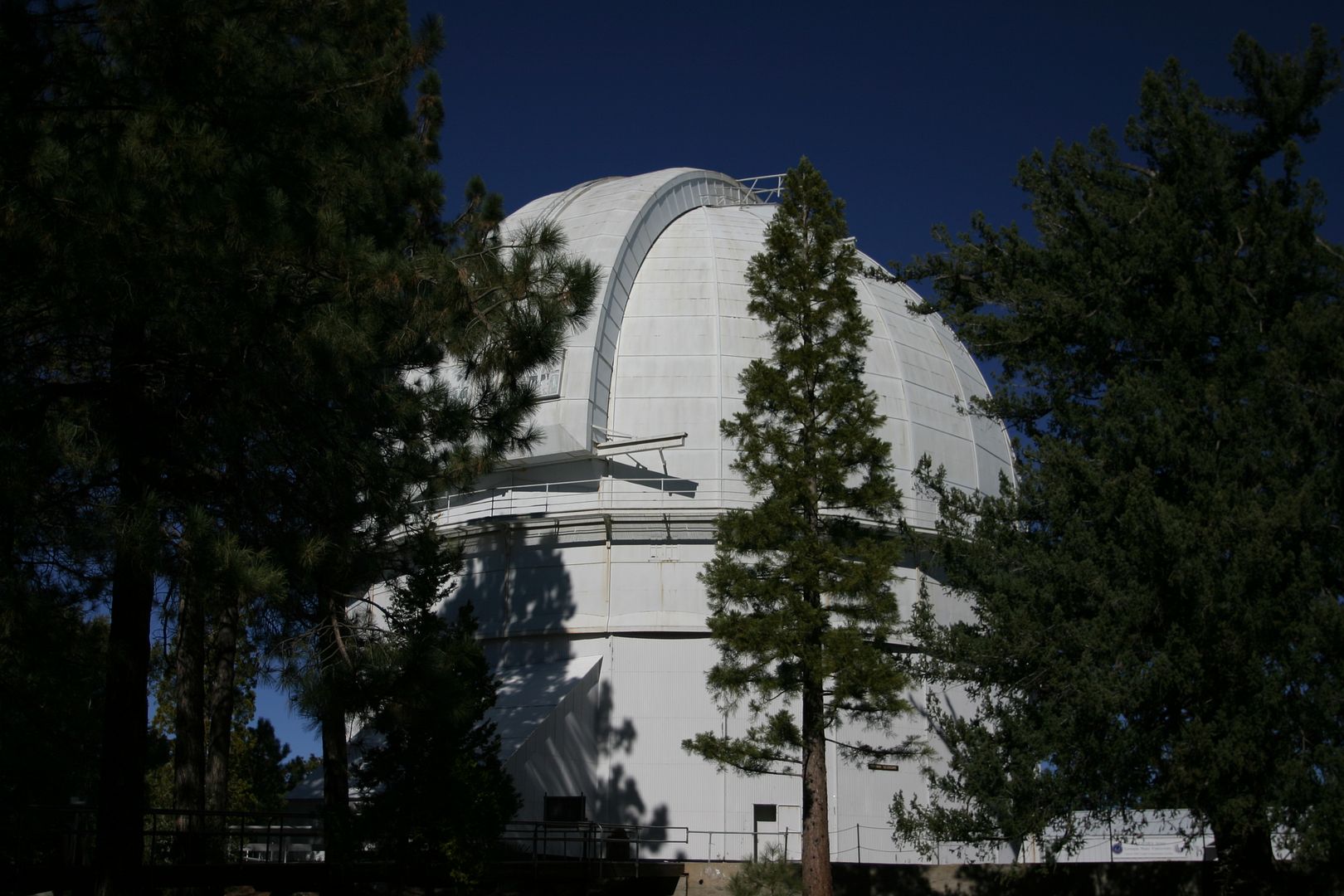
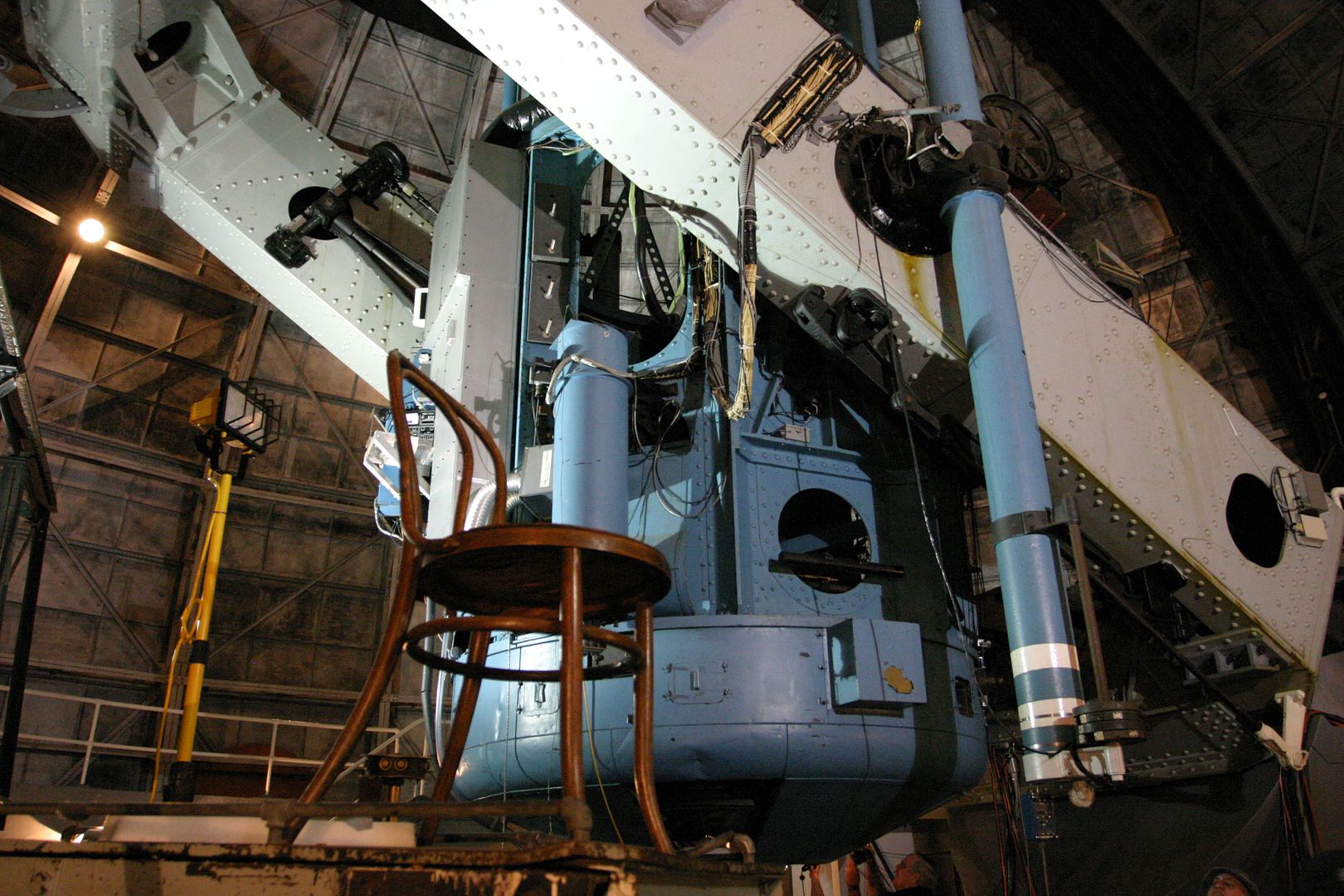
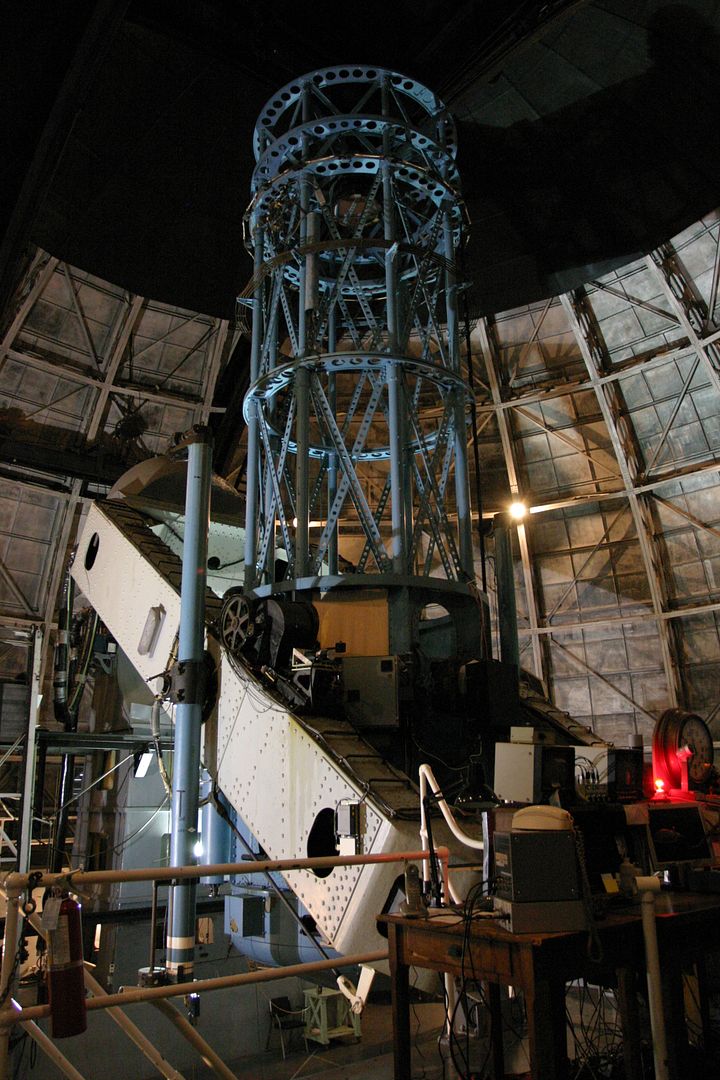

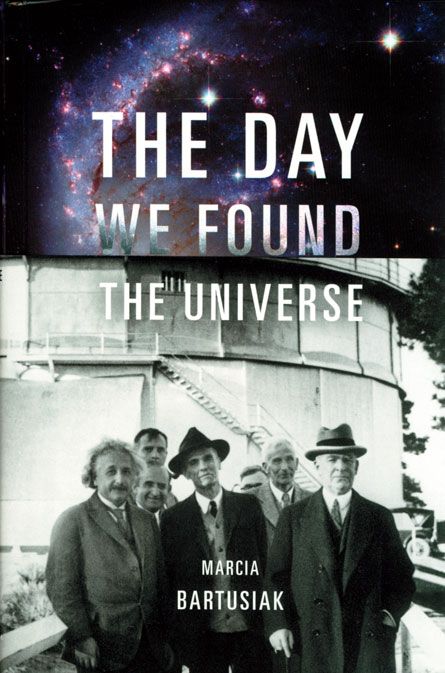
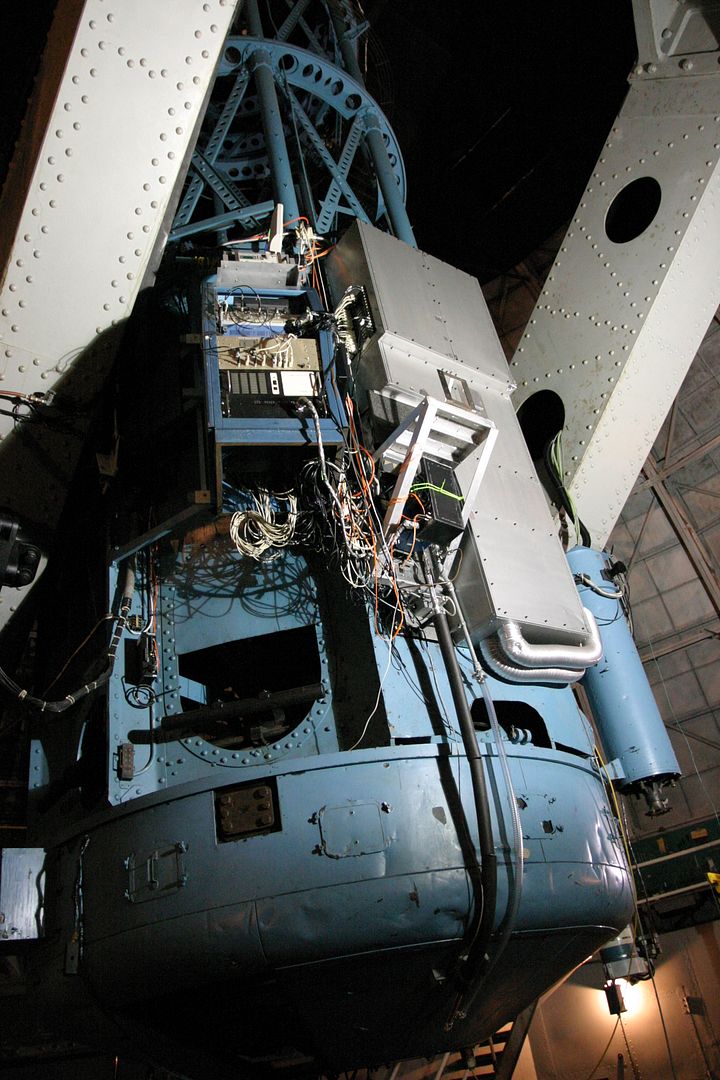
No comments:
Post a Comment